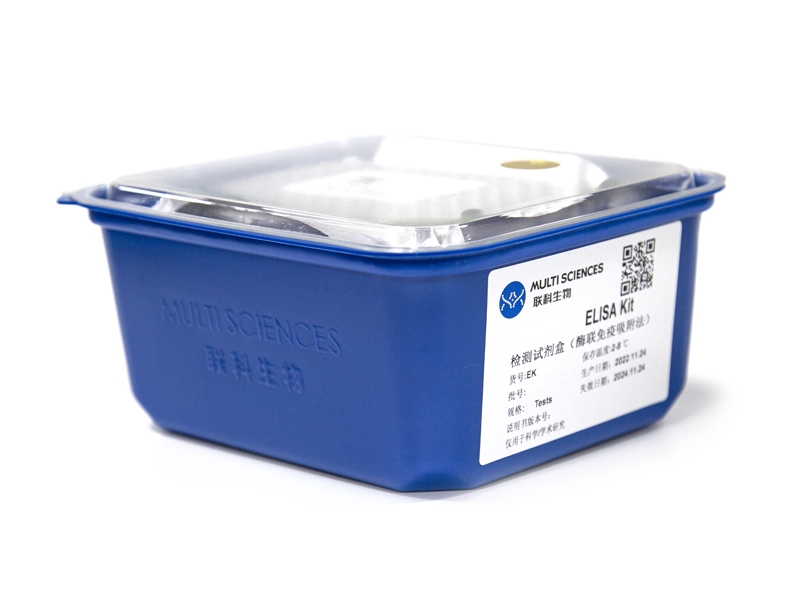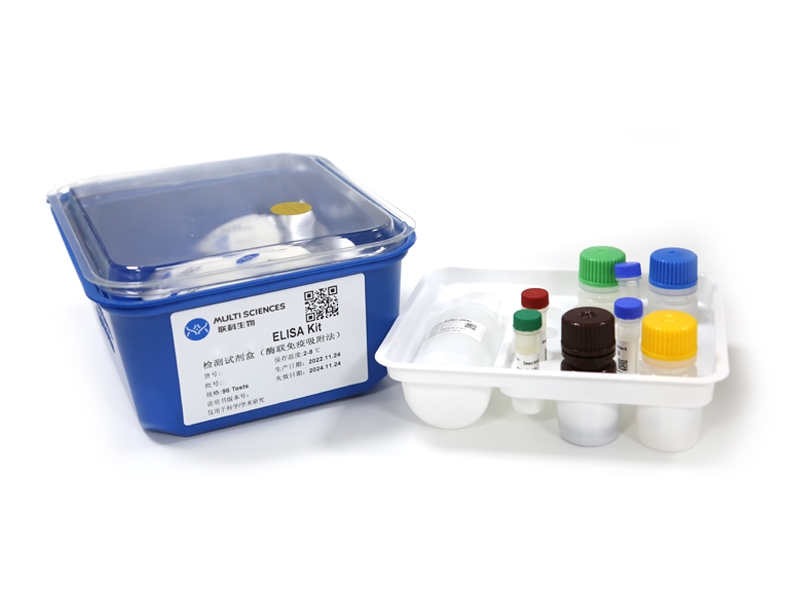BACKGROUND: Idiopathic pulmonary fibrosis (IPF), a chronic, progressive, fibrosing interstitial lung disease, is associated with extremely poor prognosis, and lacks effective treatment. The frequently used immunosuppressive therapies such as dexamethasone (DEX) are often associated with side effects. Recently, combination of two Chinese herbal medicine preparations, Salvia miltiorrhiza and ligustrazine (SML), serves as an alternative medicine for treatment of IPF in clinical practices in China. The aim of this study is to compare the anti-fibrotic effect of SML with that of DEX and to investigate the underlying mechanisms. METHODS: A rat model of bleomycin (BLM) induced pulmonary fibrosis was used in this study. Ninety rats were assigned to six groups: control group; BLM-group; BLM and dexamethasone group (BLM?+?DEX); BLM?+?low-dose SML; BLM?+?medium-dose SML and BLM?+?high-dose SML. Rats were sacrificed on day 7, 14 and 28 after treatment. The extent of alveolitis and fibrosis was observed by H&E and Masson's trichrome staining. The expressions of TNF-α, TGF-β1 and SMAD4 were determined and quantified by immunohistochemical analysis. The serum levels of TNF-α and TGF-β1 were further quantified by ELISA kits. RESULTS: Both DEX and SML treatment attenuated BLM-induced lung injury and pathological collagen deposition in rats, showing improved alveolitis and fibrosis scores on day 7, 14, 28, compared to the BLM group (p?文章引用产品
-
- EK981
- ELISA试剂盒
Human/Mouse TGF-β1 ELISA Kit 检测试剂盒(酶联免疫吸附法)
- ¥1,600.00 – ¥10,800.00



